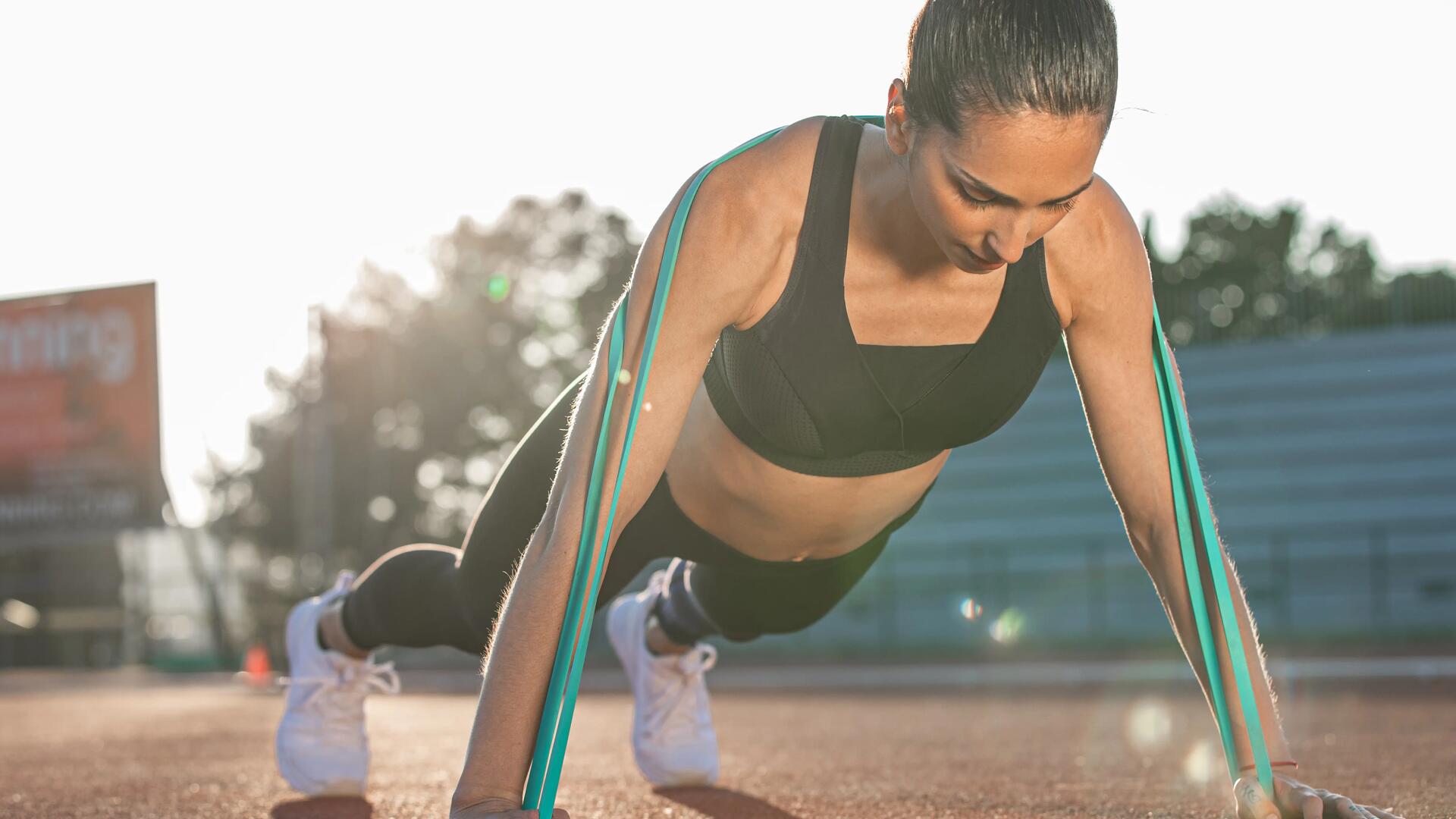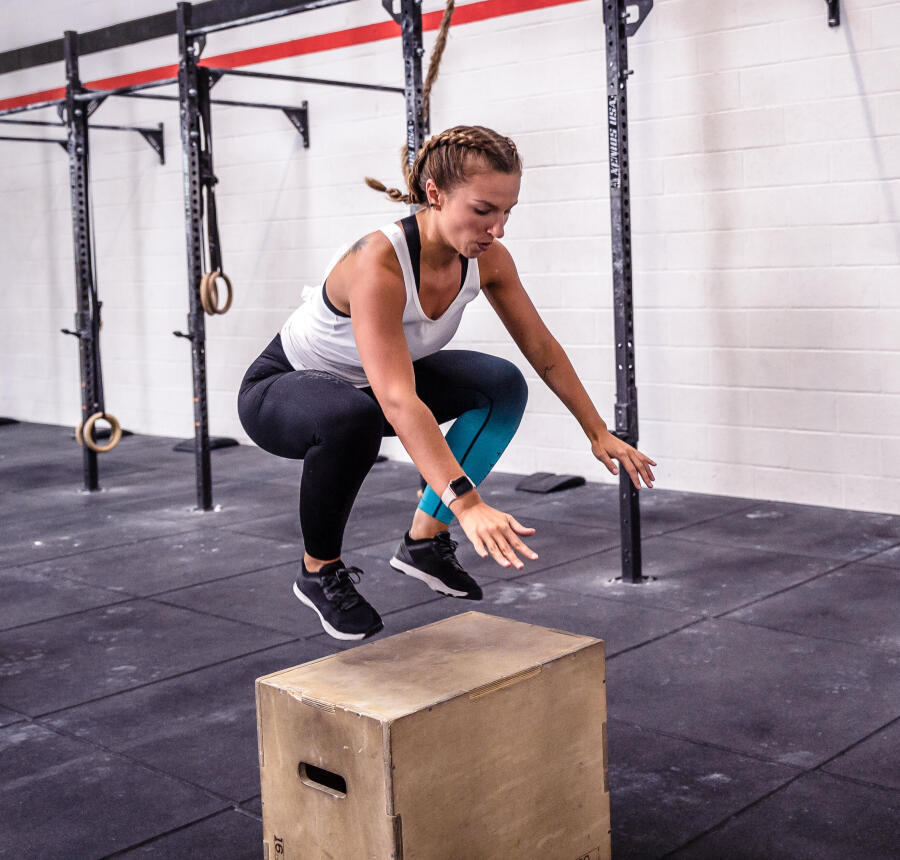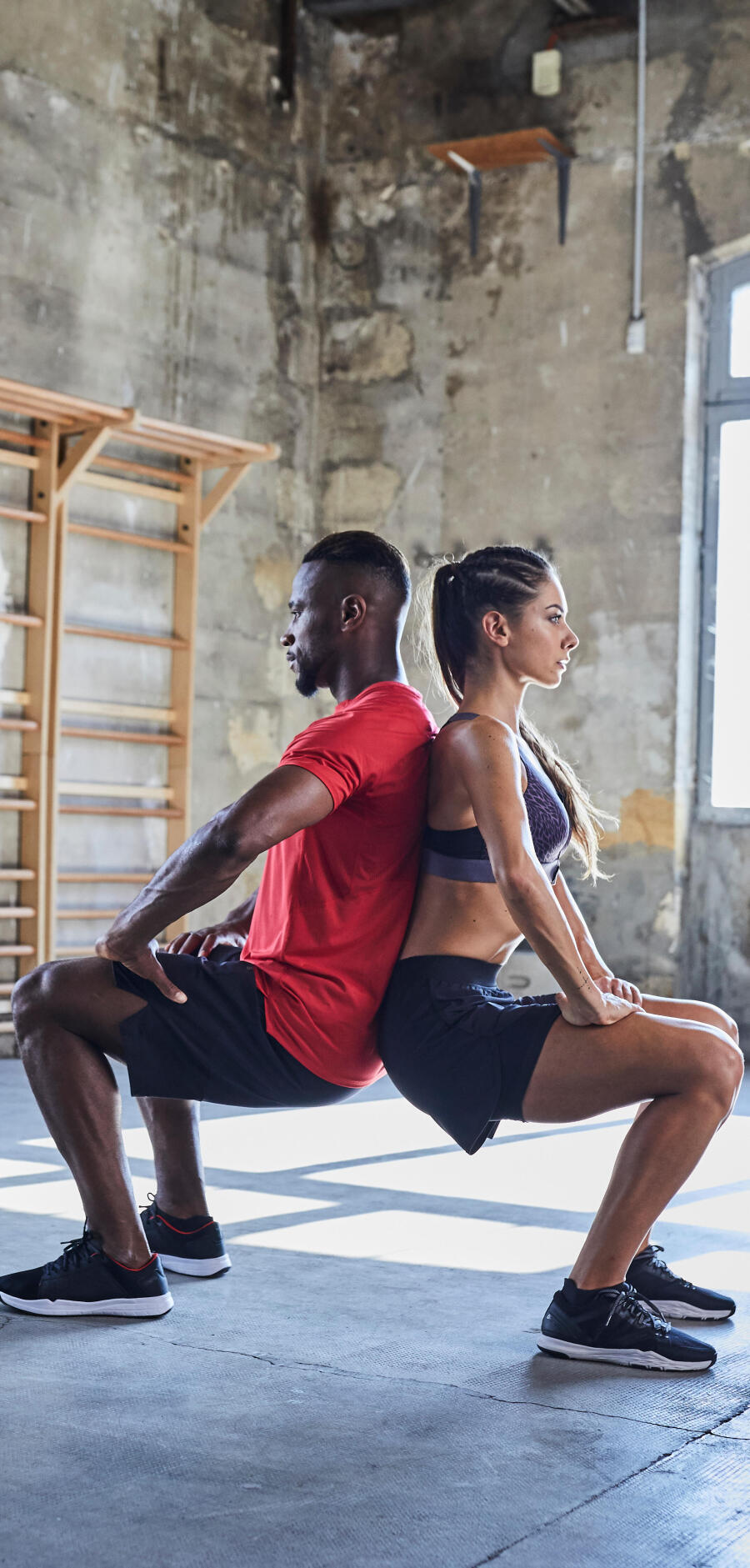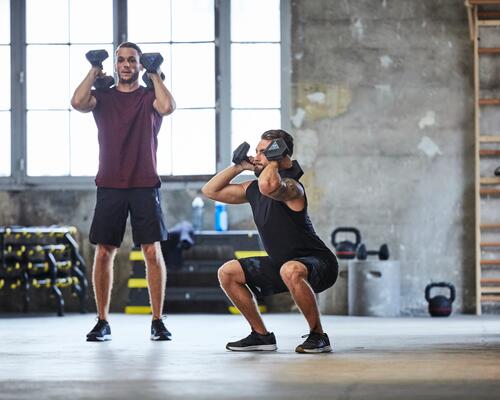What is crossfit?
Created in 2000 by Greg Glassman and Lauren Jenai, Crossfit stands out from other fitness programs. This high-intensity functional training regimen consists of workouts that include a wide array of movements. Most exercises are compound movements, meaning they require you to use more than one muscle group at a time. The exercises are inspired by a variety of disciplines such as gymnastics and olympic weightlifting. The workouts are varied and can always be adapted to a person’s fitness level.








